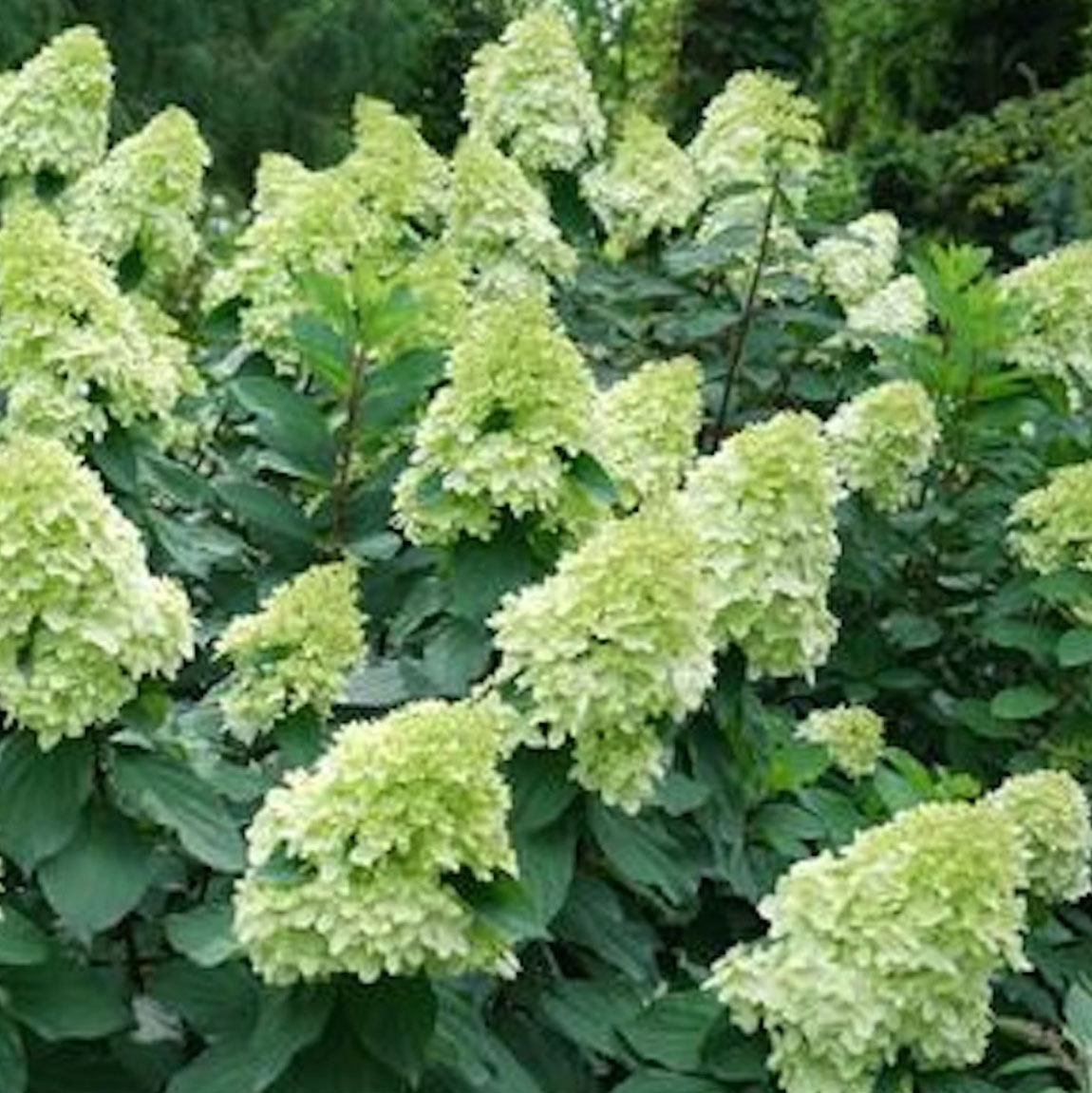Grow A Privacy Screen That Smells Amazing: 6 Fragrant Plant Options For Privacy Screens To Bring Sanctuary To Patios and Balconies
If you want to grow plants to boost privacy and security levels in your growing space, try these fragrant plant options for privacy screens that look and smell divine
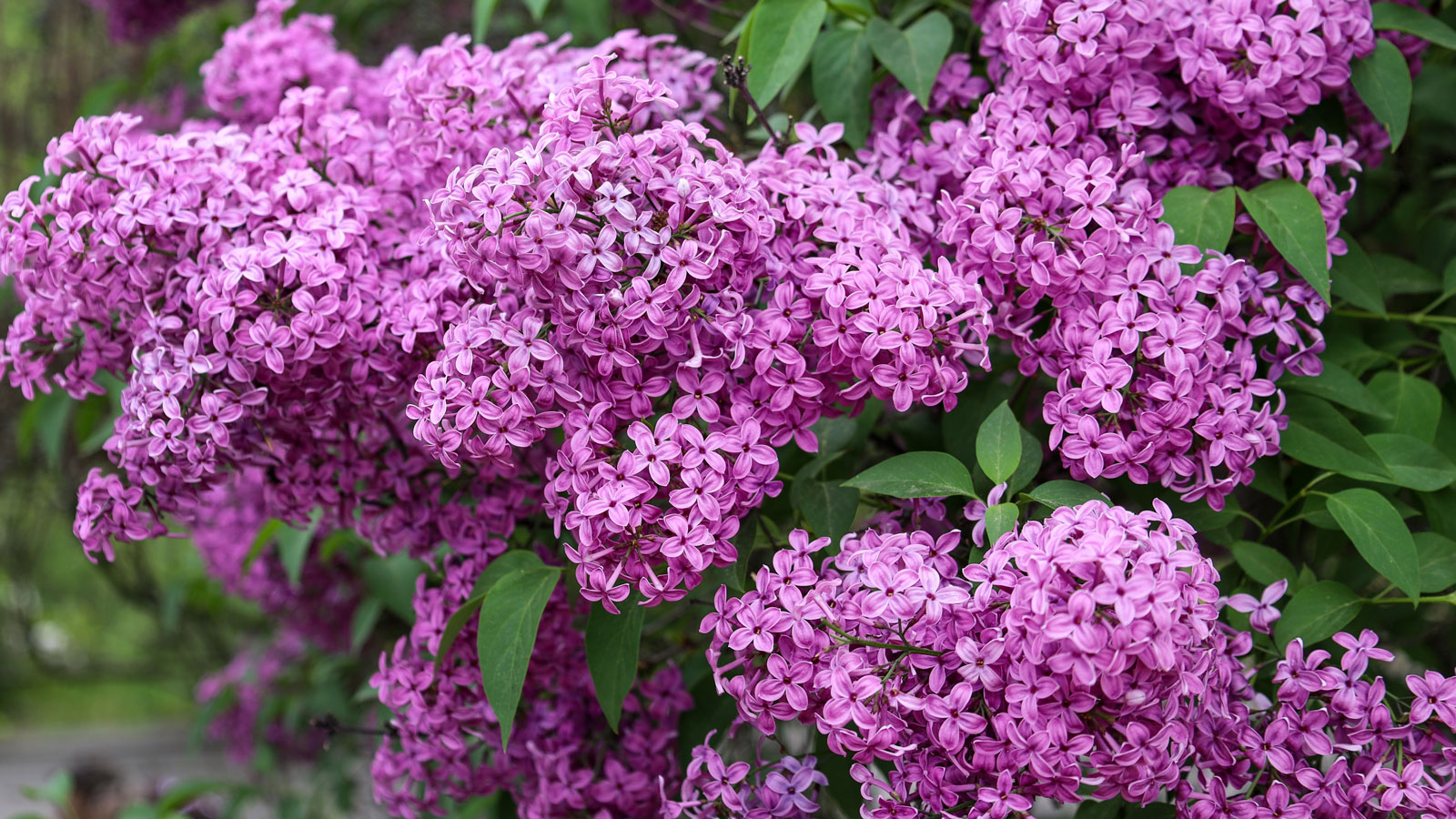

Amy Draiss
If you crave sanctuary and privacy in your garden, it’s easy to cultivate shrubs and plants that can create that vibe and look good, too – but why stop there? Assuming you want to make your growing space a real feast for the senses, why not grow fragrant plant options for privacy screens that look and smell amazing?
There are no hard and fast rules when it comes to privacy screens. As long as the planting site can hold the weight and shape of established varieties, shrubs can be as low maintenance or as dynamic as you like. However, for a screening effect that wows with heady aromas as well as terrific flowering potential, you’ve come to the right place. Here are six of the best screening plant options for fragrance.
Choosing Privacy Plants for Fragrant Screens
Fragrance is a matter of personal taste – you may be after something delicate and fresh. Or you may want something more intense, spicy, earthy or even fruity. Whichever way you choose to go, there are definitely shrubs that can cater to your ‘scents of adventure’. But whether you plant something more nuanced or more complex, make sure your planting choice is suitable for your hardiness zone and planting region.
Whether you want privacy plants for fragrant patio screens or something more extensive across a border, wall or fenceline, you might prefer to grow native shrubs and native evergreens. Using native plants is a good way to give your perfumed privacy plants the homefield advantage. You might also want your plant to have some natural deer resistance and drought tolerance, as well as the potential for strong flowering displays.
If you are planting evergreens and flowering shrub options in the ground, it’s wise to do a soil test to make sure planting conditions are optimal. Depending on the size (and number) of shrubs, you also need to make sure you are going to be able to accommodate established plants – and give some thought to planting depth and root placement.
Make sure you can provide good spacing between multiple fragrant privacy plants, or else they may compete for nutrients, water and natural light. Consider nearby buildings, structures and drains which could be impacted by the height and spread of the plant shape (and its roots). And don’t be afraid to mix up plant choices, textures, shapes and smells to create a bespoke, signature-scented haven that is all yours!
1. Fragrant Olive
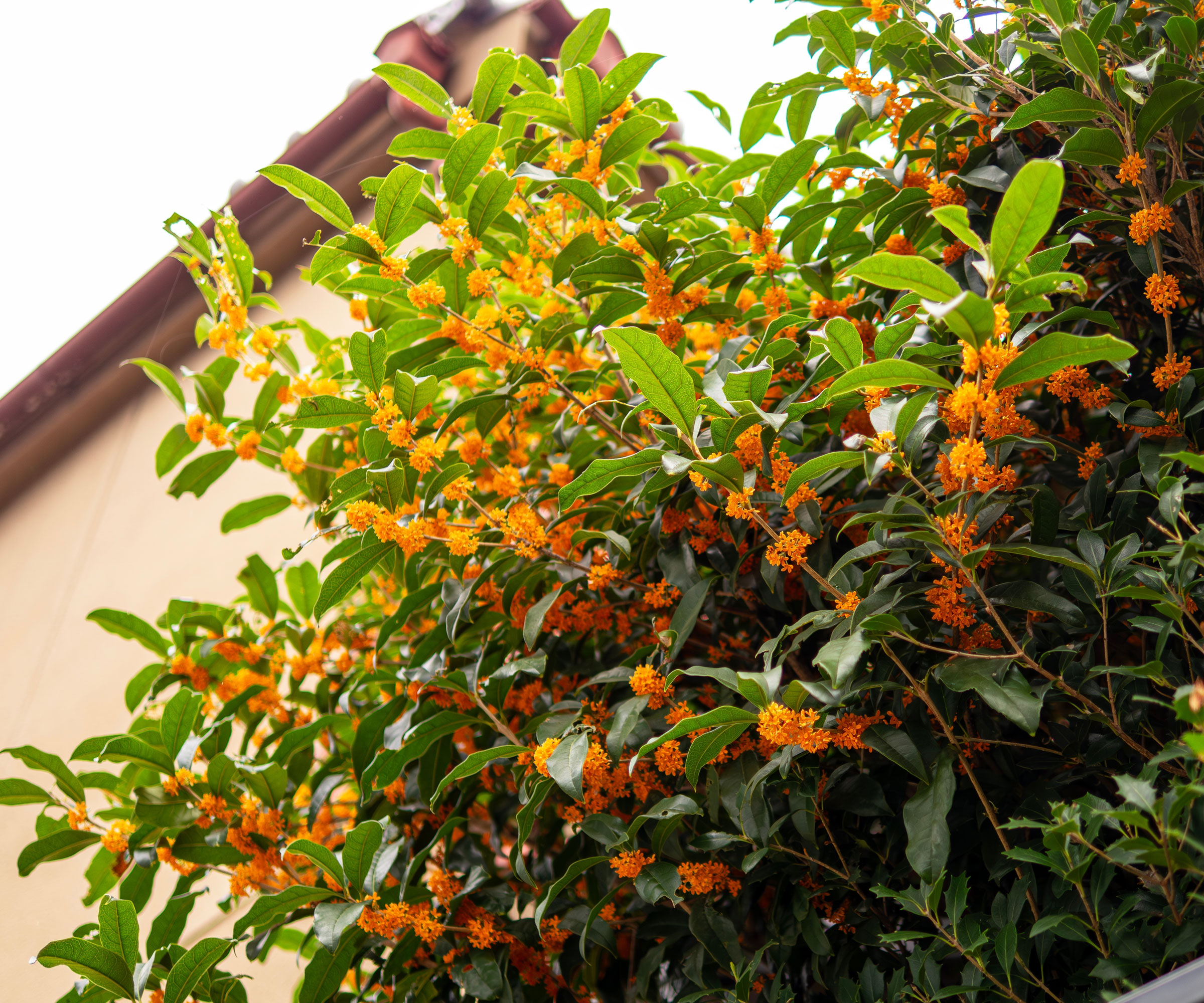
Sweet osmanthus (Osmanthus fragrans) is a densely branched evergreen with a height and spread of 15ft (4.5m). Foliage is large and glossy, ideal for producing a secluded feel. But it’s the sweet clusters of orange flowers that arrive in the fall (and sometimes spring) that give fragrant olive (aka sweet olive or tea olive) its place in this selection.
This charming flowering shrub develops a profusion of bright orange blooms (or white, depending on the variety) and these flowers have an intoxicating apricot aroma, followed by black fruits. Flowers can also be infused in fragrant teas. These fragrant plants for privacy screens are hardy in USDA zones 8-10 and drought tolerant once established, but prefer some afternoon shade in summer. Buy fragrant tea olive shrubs from Fast Growing Trees.
2. Buttonbush
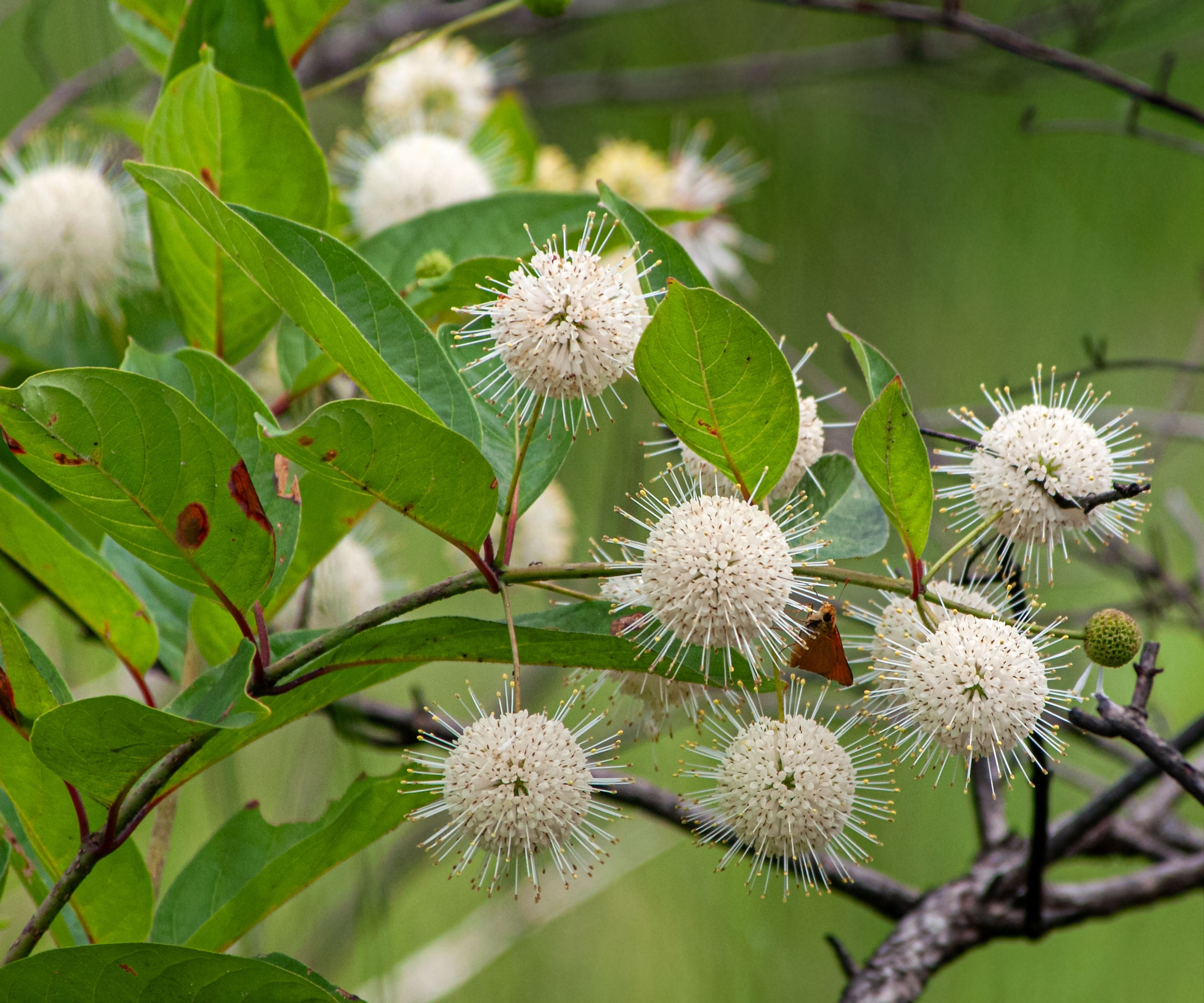
Native in much of the eastern US and southwest, buttonbush is a distinctive screening shrub with shiny foliage and buoyant, creamy white golfball-style flowers in June. These unique blooms have a fuzzy appearance up close, as well as a yummy honey scent. Tolerant of wet soils and partial shade, buttonbush is a gorgeous option if you wish to attract pollinators like hummingbirds and butterflies.
Sign up for the Gardening Know How newsletter today and receive a free copy of our e-book "How to Grow Delicious Tomatoes".
One of the best privacy plants for fragrant screens, buttonbush (Cephalanthus occidentalis) is hardy in USDA zones 5-10 and can grow to 8ft (2.4m) tall. However, it can become unkempt as it grows so it is a good idea to prune after flowering to help this fragrant privacy shrub maintain its shape. For a compact privacy screening option, buy ‘Sugar Shack’ buttonbush from Green Promise Farms in the Gardening Know How Shop.
3. Lilac
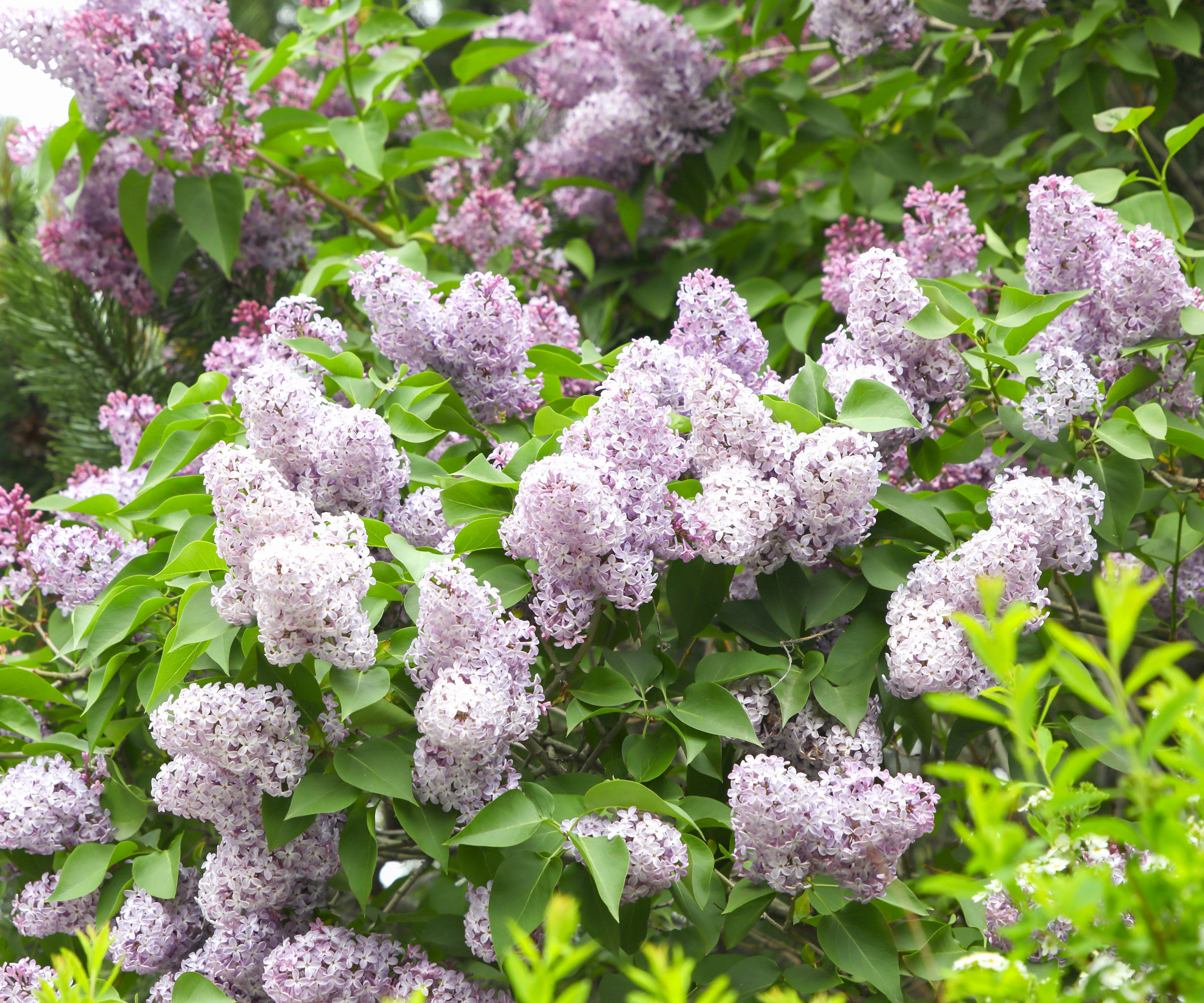
For fragrant patio plants, hedges and border edgings that double up as monumental privacy screens, lilacs are impactful and hardworking. Profuse and lush, with bountiful clusters of purple or creamy white blooms, the common lilac (Syringa vulgaris) has a soothing floral fragrance which is often described as powdery and delicate, but also hints at sweet shops.
This deciduous shrub is hardy in USDA zones 3-7 and tolerant of light shade, although it develops the most majestic floral displays (and intoxicating aromas) when exposed to generous amounts of sunshine. Once it has finished flowering in late spring, it’s a good idea to prune your lilacs to encourage faster, bushier growth for your privacy screens. This shrub is capable of reaching 16ft (4.9m) tall, and very popular with hummingbirds and butterflies. Buy ‘Bloomerang Dark Purple’ lilac shrubs from Burpee.
4. Mock Orange
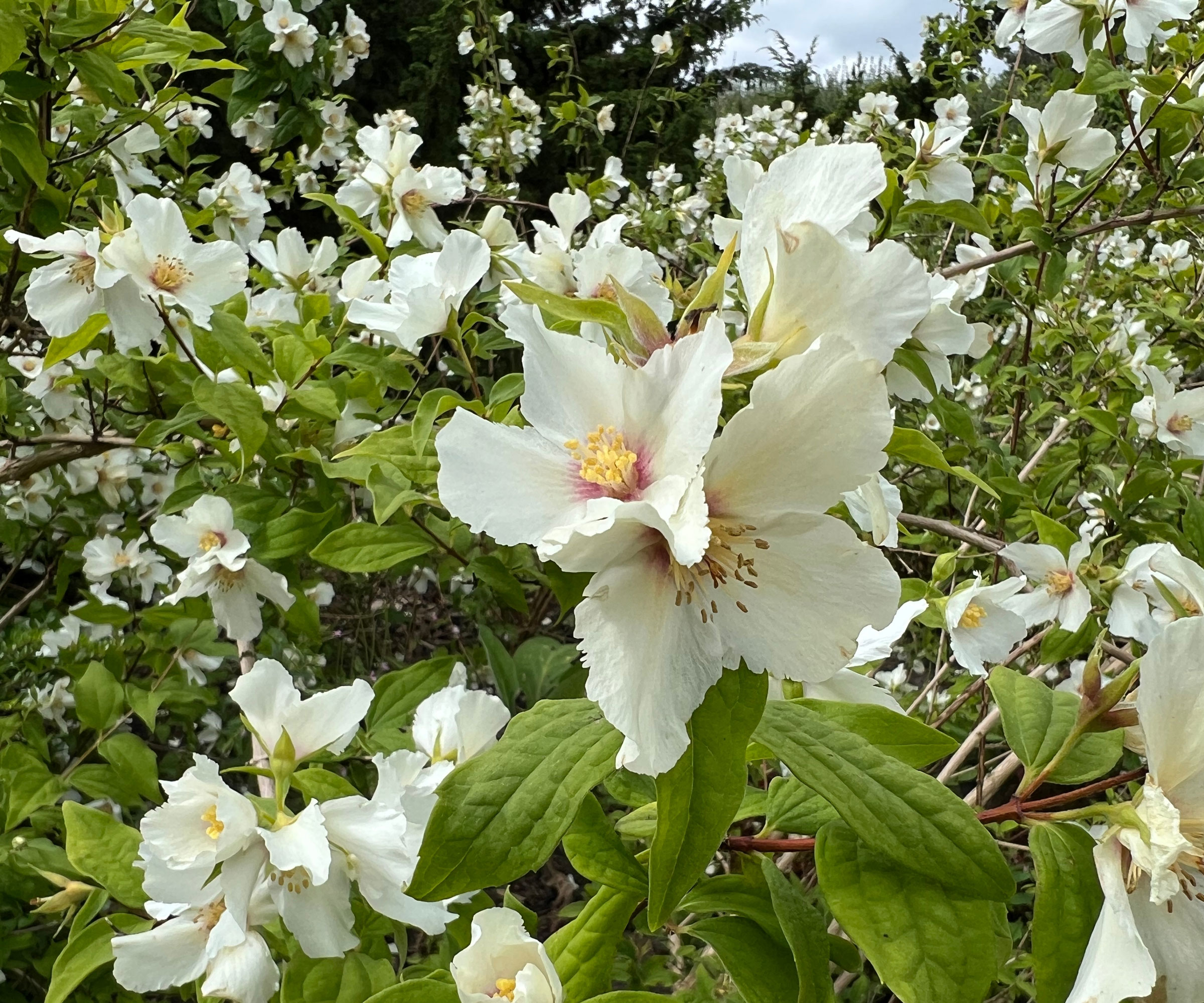
With a fragrance that some liken to jasmine and others compare to bubblegum, mock orange or sweet mock orange (Philadelphus coronarius) is a charming white-flowered screening plant that can be grown in full sun or partial shade. Beloved of butterflies and resistant to deer, these captivating blooms develop in abundance during May and June.
Hardy in USDA zones 4-8, mock orange shrubs are especially good for low screens around patios and decks. These low-maintenance lovelies are capable of reaching a height and spread of 12ft (3.6m), so prune them annually to curb excessive growth and encourage a bushier shape. Buy ‘Snow White’ mock orange shrubs from Nature Hills.
5. Daphne
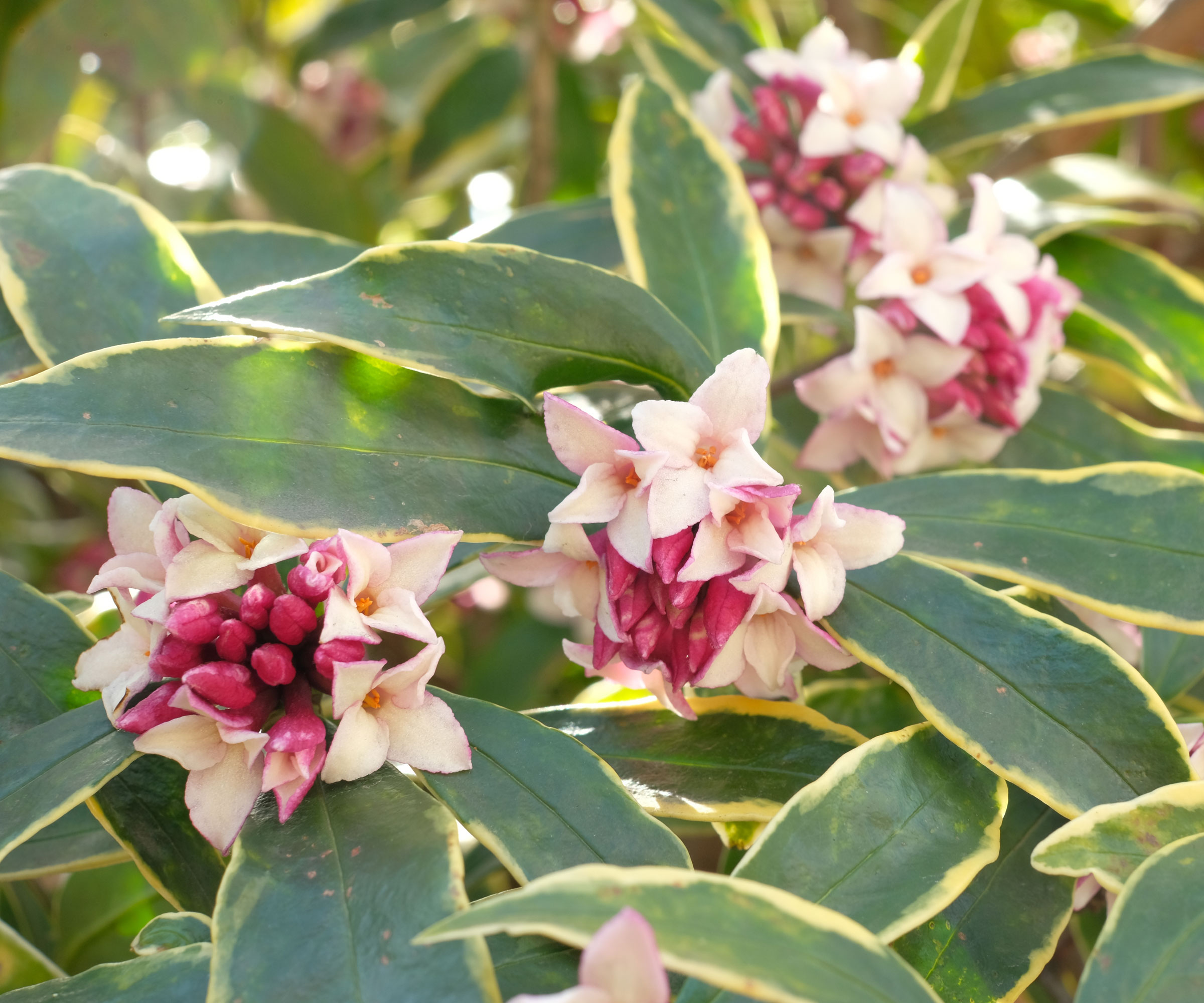
Early in the year, when much of the rest of your garden is sleeping and you’re longing for signs of spring, the humble daphne (D. odora) is a welcome sight at the onset of spring. It’s also beautifully scented, with some daphne plant varieties evoking a spicy warmth while others, such as ‘Perfume Princess’ from Walmart, conjure up a heady citrussy zing.
Winter daphne is a lovely scented broadleaf evergreen for privacy screens in sun and partial shade. Grow your daphne shrub somewhere with good drainage, but don’t let the soil dry out as it can reduce blooming potential. Happy in USDA zones 7-10, these showy plants are also worthy of being grown as specimen shrubs or as part of a flowering border, against a path, or near the front door – anywhere you can breathe in that rich fragrance.
6. Eucalyptus
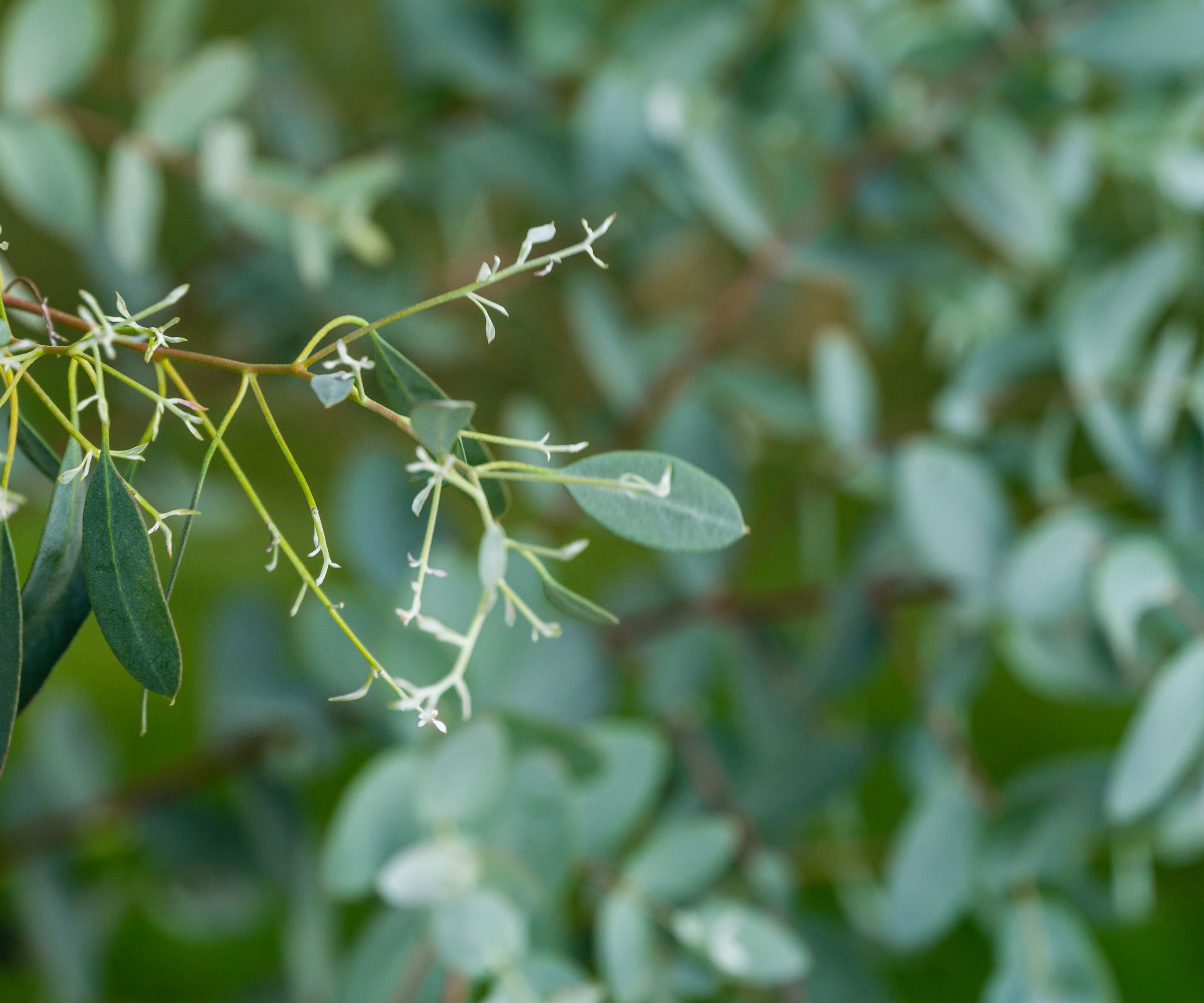
Although it’s not quite as showy as some of the other fragrant plants in this selection, the silver dollar plant or cider gum (Eucalyptus gunnii) is a heady specimen for privacy screen plantings where you wish to bask in mellow scents. Capable of rapid growth and reaching impressive heights of up to 30ft (10m), the distinctive coin-shaped silver-blue leaves of the eucalyptus will exude a fresh and earthy aroma that can delight year round.
As well as its warm fragrances and intriguing foliage displays, silver dollar shrubs also shed their bark for added ornamental interest. Prune annually to keep shrubs wider and bushier, and to help curb their rapid growth spurts. Don’t forget to add the clippings to your cut flower displays for added interest and unique fragrance. Eucalyptus shrubs are hardy in USDA zones 8-11. Try growing your own Park Seed eucalyptus seeds from the Gardening Know How Shop.
This article features products available from third party vendors on the Gardening Know How Shop. Keep in mind that our plant inventory is limited - so if you’re thinking of purchasing, don’t wait!

Janey is a former assistant editor of the UK’s oldest gardening magazine, Amateur Gardening, where she worked for five years. For the last few years, she has also been writing and editing content for digital gardening brands GardeningEtc and Homes & Gardens. She’s taken part in a range of conservation and rewilding projects for the Royal Horticultural Society (RHS) and the British Trust for Conservation Volunteers (BTCV) as a way of exploring her horticultural horizons. She is currently undertaking her RHS Level 2 certificate in The Principles of Plant Growth and Development.
- Amy DraissDigital Community Manager

